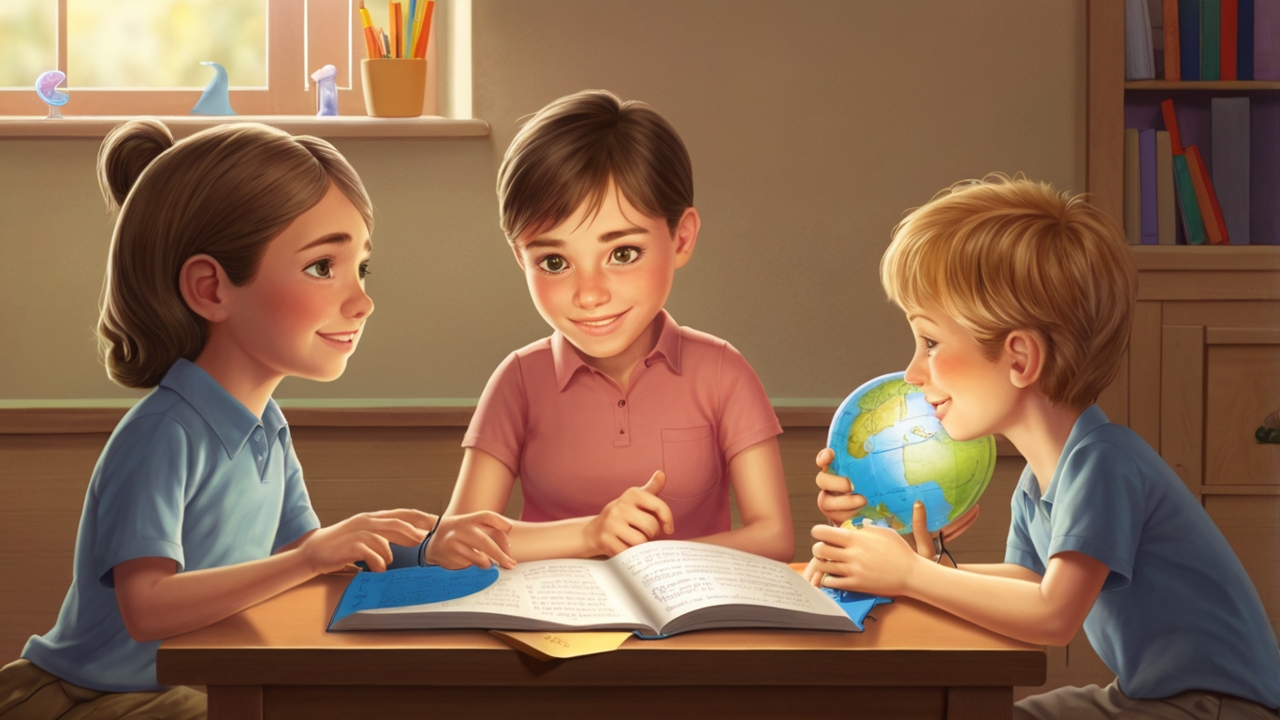Round Rock Journal – Education is evolving, and Light Education is emerging as one of the most innovative approaches in supporting students with special needs. Unlike traditional teaching systems that focus heavily on memorization, this concept centers around sensory experience, emotional connection, and individual learning rhythm. It promotes inclusivity, creativity, and understanding rather than rigid structure. As a result, students who often feel left behind in conventional classrooms can finally discover joy in learning, guided by empathy and light both literally and metaphorically.
“Read also: The Rise of AR Packaging for Modern Lifestyle Products“
The Philosophy Behind Light Education
At its core, Light Education emphasizes illumination both intellectual and emotional. It aims to help students learn at their own pace by adapting to their sensory comfort zones. For special needs learners, bright lights, loud noises, or fast instructions can be overwhelming. This new system softens the environment by using gentle lighting, calm tones, and visual supports to create an atmosphere of focus and peace. The concept draws from neuroscience, proving that emotional safety enhances cognitive processing and memory retention.
How Light Becomes a Teaching Tool
Light is more than illumination it’s communication. In Light Education, educators use color, brightness, and pattern to help guide attention and reduce anxiety. For instance, warm tones may signal a transition between activities, while cool hues encourage relaxation during reading or quiet time. This subtle use of environmental design supports non-verbal understanding, particularly for students on the autism spectrum or with sensory processing disorders. By turning light into language, learning becomes more intuitive and engaging.
Tailoring Learning to Individual Rhythms
Every student learns differently, and Light Education respects that individuality. Rather than forcing a single model, teachers design activities based on each child’s strengths, attention span, and sensory preferences. Some may learn best through tactile play, others through visual cues or storytelling. This personalized structure minimizes frustration and enhances motivation. It’s not about adjusting the child to the system it’s about adjusting the system to the child, a philosophy that transforms education into a truly inclusive experience.
Technology’s Role in Light Education
Modern technology amplifies the possibilities of Light Education. Smart lighting systems, digital projectors, and interactive panels can adapt to each student’s emotional and cognitive state in real time. For example, AI-based sensors can adjust room lighting when a student shows signs of stress or distraction. These tools merge innovation with empathy, providing not just data-driven teaching but emotionally intelligent classrooms that respond to human needs.
“Read also: MIT Study Finds Overreliance on AI May Weaken Human Brain Activity“
The Impact on Emotional and Social Development
Beyond academics, Light Education strengthens emotional intelligence and social connection. Through shared sensory experiences like calming lights or interactive visuals students learn empathy and cooperation. Teachers report fewer behavioral issues and greater participation when the learning environment feels safe and visually balanced. This method bridges the gap between emotional well-being and intellectual growth, proving that learning thrives where students feel seen, heard, and valued.
Teachers as Light Guides
In this new educational model, teachers evolve into “light guides.” Their role goes beyond instruction they become facilitators of emotional understanding and sensory awareness. Through patience and creativity, they illuminate each student’s potential. Training programs for educators now include modules on sensory management and inclusive design, helping teachers understand how light and environment shape learning outcomes. This holistic perspective redefines the relationship between teacher and student as one rooted in compassion and adaptability.
The Future of Inclusive Learning
The rise of Light Education signals a shift toward more humane and personalized learning systems. As schools worldwide explore new methods for inclusion, this approach offers a blueprint for blending technology, psychology, and art into education. It’s more than a trend it’s a movement toward understanding diversity in the classroom. By embracing light both as a tool and as a metaphor education becomes not just a system of knowledge, but a pathway of enlightenment for every learner.


